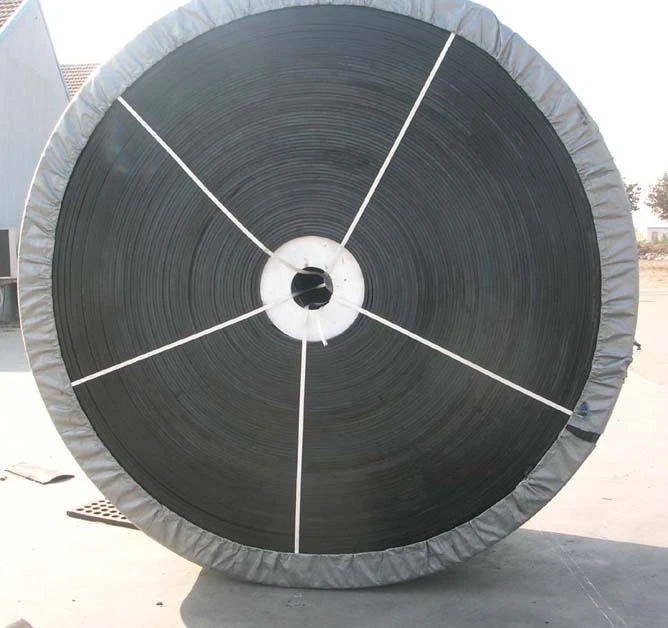 Afrikaans
Afrikaans  Albanian
Albanian  Amharic
Amharic  Arabic
Arabic  Armenian
Armenian  Azerbaijani
Azerbaijani  Basque
Basque  Belarusian
Belarusian  Bengali
Bengali  Bosnian
Bosnian  Bulgarian
Bulgarian  Catalan
Catalan  Cebuano
Cebuano  Corsican
Corsican  Croatian
Croatian  Czech
Czech  Danish
Danish  Dutch
Dutch  English
English  Esperanto
Esperanto  Estonian
Estonian  Finnish
Finnish  French
French  Frisian
Frisian  Galician
Galician  Georgian
Georgian  German
German  Greek
Greek  Gujarati
Gujarati  Haitian Creole
Haitian Creole  hausa
hausa  hawaiian
hawaiian  Hebrew
Hebrew  Hindi
Hindi  Miao
Miao  Hungarian
Hungarian  Icelandic
Icelandic  igbo
igbo  Indonesian
Indonesian  irish
irish  Italian
Italian  Japanese
Japanese  Javanese
Javanese  Kannada
Kannada  kazakh
kazakh  Khmer
Khmer  Rwandese
Rwandese  Korean
Korean  Kurdish
Kurdish  Kyrgyz
Kyrgyz  Lao
Lao  Latin
Latin  Latvian
Latvian  Lithuanian
Lithuanian  Luxembourgish
Luxembourgish  Macedonian
Macedonian  Malgashi
Malgashi  Malay
Malay  Malayalam
Malayalam  Maltese
Maltese  Maori
Maori  Marathi
Marathi  Mongolian
Mongolian  Myanmar
Myanmar  Nepali
Nepali  Norwegian
Norwegian  Norwegian
Norwegian  Occitan
Occitan  Pashto
Pashto  Persian
Persian  Polish
Polish  Portuguese
Portuguese  Punjabi
Punjabi  Romanian
Romanian  Russian
Russian  Samoan
Samoan  Scottish Gaelic
Scottish Gaelic  Serbian
Serbian  Sesotho
Sesotho  Shona
Shona  Sindhi
Sindhi  Sinhala
Sinhala  Slovak
Slovak  Slovenian
Slovenian  Somali
Somali  Spanish
Spanish  Sundanese
Sundanese  Swahili
Swahili  Swedish
Swedish  Tagalog
Tagalog  Tajik
Tajik  Tamil
Tamil  Tatar
Tatar  Telugu
Telugu  Thai
Thai  Turkish
Turkish  Turkmen
Turkmen  Ukrainian
Ukrainian  Urdu
Urdu  Uighur
Uighur  Uzbek
Uzbek  Vietnamese
Vietnamese  Welsh
Welsh  Bantu
Bantu  Yiddish
Yiddish  Yoruba
Yoruba  Zulu
Zulu snub roller
Understanding the Snub Roller A Key Component in Conveyor Systems
In the world of material handling and transportation, efficiency and reliability are paramount. One often-overlooked component that plays a crucial role in ensuring the smooth operation of conveyor systems is the snub roller. This article delves into the function, design, and benefits of snub rollers, highlighting their significance in various industries.
What is a Snub Roller?
A snub roller, also known as a snub pulley, is a cylindrical component typically mounted on a frame adjacent to a conveyor belt. Its primary function is to enhance the belt's movement by altering its path and tension, which helps facilitate the transfer of materials between different sections of the conveyor system. Snub rollers can be installed at strategic points along the conveyor to redirect the belt and maintain the necessary tension for optimal performance.
How Does a Snub Roller Work?
When a conveyor belt operates, it needs to maintain a specific level of tension for efficient material transport. The placement of the snub roller is critical in this regard. By creating an additional contact point between the belt and the roller, it is possible to increase the belt's wrap angle around the drive pulley. This increased contact improves friction and enhances the transmission of power from the drive system to the belt.
Moreover, snub rollers can be utilized to change the direction of the conveyor's path, particularly in spaces where layout constraints exist. By positioning the snub roller to redirect the belt, operators can optimize material flows and maximize space utilization within their facilities.
Design Considerations
The design of a snub roller is critical to its performance. Typically, snub rollers are made from durable materials that can withstand the wear and tear of continuous operation. Common materials include steel, rubber, and composite materials, each chosen based on the specific requirements of the application.
snub roller

The diameter and length of the snub roller also affect its performance. A larger diameter can reduce the stress on the belt while providing more traction, whereas a shorter roller may offer more precise control over the belt's direction. Additionally, factors such as bearing design, shaft construction, and surface fineness are taken into account to ensure a smooth operation with minimal friction.
Benefits of Using Snub Rollers
1. Improved Tension Control Snub rollers help maintain proper tension on the conveyor belt, reducing the risk of slippage and ensuring consistent material flow.
2. Enhanced Efficiency By enabling a better transfer of power from the drive system to the conveyor belt, snub rollers contribute to faster material handling and overall system efficiency.
3. Space Optimization The ability to redirect the belt pathway allows for better utilization of available space, which is especially important in crowded manufacturing and distribution environments.
4. Extended Equipment Life Proper tension and alignment facilitated by snub rollers can significantly reduce wear on both the conveyor belt and the drive components, extending the life of the entire system.
5. Versatility Snub rollers can be employed in various applications, from heavy-duty industrial settings to lighter, more specialized operations, making them a versatile choice for many companies.
Conclusion
In conclusion, snub rollers may not be the most conspicuous components of a conveyor system, but their importance cannot be overstated. By enhancing belt tension and direction control, these critical pieces of equipment contribute significantly to the efficiency, safety, and longevity of material handling systems. As industries continue to evolve and seek ways to optimize processes, understanding and utilizing the capabilities of snub rollers will undoubtedly play a vital role in future advancements in conveyor technology. Whether in manufacturing, mining, or logistics, the humble snub roller is an unsung hero that keeps operations running smoothly.
-
Revolutionizing Conveyor Reliability with Advanced Rubber Lagging PulleysNewsJul.22,2025
-
Powering Precision and Durability with Expert Manufacturers of Conveyor ComponentsNewsJul.22,2025
-
Optimizing Conveyor Systems with Advanced Conveyor AccessoriesNewsJul.22,2025
-
Maximize Conveyor Efficiency with Quality Conveyor Idler PulleysNewsJul.22,2025
-
Future-Proof Your Conveyor System with High-Performance Polyurethane RollerNewsJul.22,2025
-
Driving Efficiency Forward with Quality Idlers and RollersNewsJul.22,2025





























